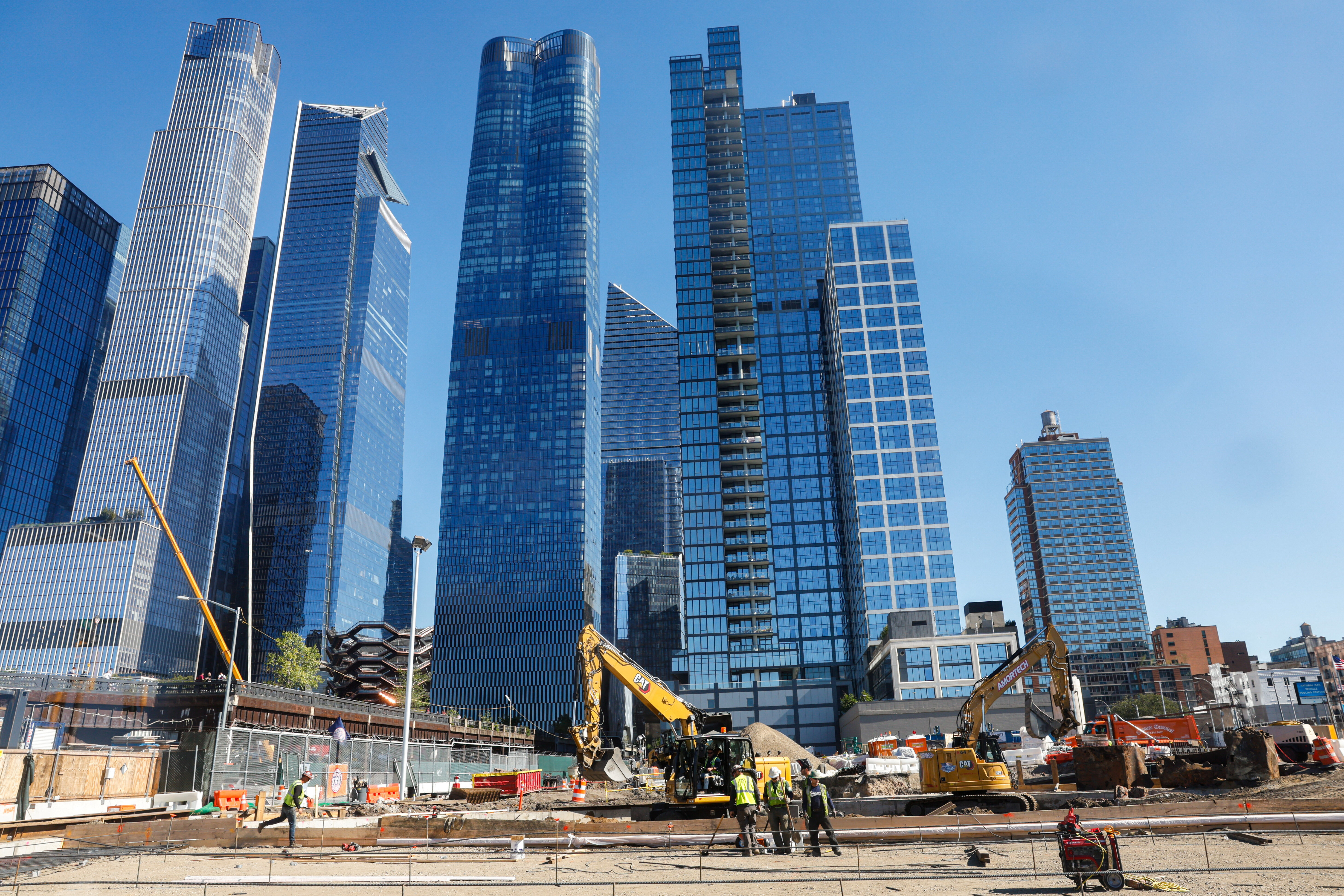How e-bike deliveries can help city leaders cut congestion and emissions

Micromobility solutions such as e-bikes offer a sustainable way to move goods in urban areas.
Image: Pexels.
Explore and monitor how Mobility is affecting economies, industries and global issues
Stay up to date:
Mobility
Listen to the article
- As demand for deliveries grows, we face an increasing need to reduce the number of trucks and emissions being released on city streets.
- Micromobility solutions, like e-bikes and cargo bikes, offer a safer, greener and more efficient alternative for busy urban areas.
- A new report highlights the role city leaders can play to unleash the potential of micromobility for last mile deliveries in urban centres.
Every aspect of the way we live has been altered by the pandemic, including how we shop. In 2020, 2 billion people purchased goods and services online (up from 1.66 billion global digital buyers in 2016) and retail sales exceeded $4.2 trillion dollars globally.
This is having an impact on cities, particularly dense urban areas. According to a new report by WSP (supported by Uber) global e-commerce patterns are outgrowing infrastructure that was never designed to support the volume of deliveries it handles today – the majority of which is dominated by parcel delivery. By the end of the decade, there will be one-third more delivery vehicles on the road – adding an average eleven minutes to the daily commute.
The report offers a solution: micromobility – the smartest and most sustainable way to move goods in urban areas. Micromobility is a term used to describe lightweight vehicles such as bikes or scooters that are typically on two wheels, and that move at speeds at or below 15 miles per hour. Through case studies from 10 cities around the world – from New York to Paris – the report demonstrates how different cities leverage micromobility to reduce emissions and create more vibrant metro areas, all while streamlining the delivery process.
Setting cities up for success
Reducing congestion and the carbon footprint of the delivery sector means working closely with cities to make space for micromobility. The report’s analysis and case studies find that cities and delivery platforms need to collaborate to create a built environment that enables easy pick-up and drop-off at the curb. Further, cities need to start setting long-term policies that support micromobility for last-mile deliveries where feasible. This may include quick-build projects that implement pop-up bike lanes, e-bike charging infrastructure, dedicated loading zones outside of restaurants and businesses, and tax incentives or discount programmes for delivery people who use electric scooters and bikes.
These shared goals can be met through the implementation of bike infrastructure, slower vehicle speeds, and an emphasis on safety education. These initiatives are a critical part of improving the safety of delivery people on micromobility, especially as the past few years have seen an increase in collisions involving vulnerable road users.
How is the World Economic Forum supporting the development of cities and communities globally?
Further, supporting the adoption of cargo bikes as an alternative to trucks has been shown to reduce carbon emissions by 90% and get cities closer to their emission reduction targets. With nearly half of Uber Eats deliveries around the world done by people on two wheels, WSP’s recommendations especially resonate with our business. After improvements were made to bike infrastructure in Toronto, for example, Uber Eats witnessed a 40% increase in deliveries by bike between 2019 and 2020 as a result of increased demand as well as micromobility adoption.
When cities and delivery platforms partner to leverage micromobility, we strengthen local economies by making the flow of goods more efficient, we improve access to goods and food for a broader range of consumers, and we work toward shared goals, like reducing carbon emissions and reaching Vision Zero (a target for zero road fatalities).
Change needs more than awareness. It requires bold policy leadership from cities to expand micromobility infrastructure such as bike lanes and dedicated pick-up and drop-off zones that create safer streets for people. Partnerships between cities and delivery platforms are an essential part of this. All require a general willingness to try various solutions and scale up those that work.
Reimagining the way the world moves for the better
Uber is already working with cities to improve micromobility infrastructure, enhance curb space efficiency, and implement dedicated loading zones. We use an in-app, bike safety navigation programme to help support delivery people on two wheels, design waiting zones for delivery people in cities like Paris, and fund studies that leverage our data to understand our impact on the curb. To disincentivize speed, we leverage in-app mechanisms to encourage safe delivery behaviour. We also offer e-bike discount programmes for couriers to subsidize and encourage the use of greener modes of transport.
But more needs to be done. The long-term benefits of incorporating micromobility into the delivery sector – and more broadly, city infrastructure – will positively impact the economy, the environment, and public health. We’re committed to ongoing advocacy for micromobility and to working together with policy leaders to ensure that cities, businesses, and the people that live, work, and travel on shared infrastructure all benefit from a safer, smarter, micromobility-led approach for delivery.
Accept our marketing cookies to access this content.
These cookies are currently disabled in your browser.
Don't miss any update on this topic
Create a free account and access your personalized content collection with our latest publications and analyses.
License and Republishing
World Economic Forum articles may be republished in accordance with the Creative Commons Attribution-NonCommercial-NoDerivatives 4.0 International Public License, and in accordance with our Terms of Use.
The views expressed in this article are those of the author alone and not the World Economic Forum.
Forum Stories newsletter
Bringing you weekly curated insights and analysis on the global issues that matter.
More on Urban TransformationSee all
Kate Whiting
November 11, 2025
Jeff Merritt and Vivian Brady-Phillips
November 6, 2025
Jeff Merritt and Andras Szorenyi
November 3, 2025
Marielle Anzelone and Georgia Silvera Seamans
October 31, 2025
Antonio Gómez-Palacio
October 31, 2025






